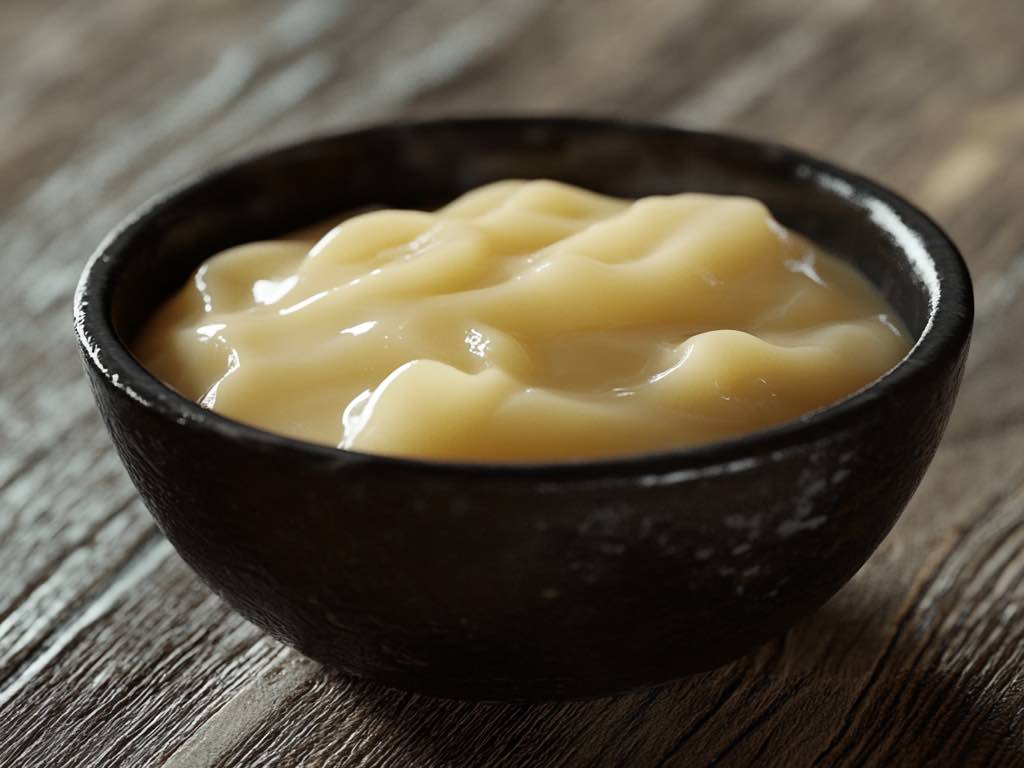
From Beef Fat to Flavorful Gold: How to Make Beef Tallow
|
|
Time to read 5 min
Welcome to One Stop Halal!
Written by: Samir P.
|
|
Time to read 5 min
Beef tallow, a rendered fat from beef, is an age-old ingredient used in cooking, baking, and even candle-making. It's gaining popularity again among food enthusiasts due to its rich flavor, high smoke point, and nutritional benefits. You've come to the right place if you're interested in how to make beef tallow. This guide will walk you through the entire process, from sourcing the beef fat to rendering it into the perfect Tallow.
Before learning how to make tallow from beef fat, it’s essential to understand what tallow is and why it’s valuable. Tallow is the fat rendered from beef or sometimes lamb. Unlike other cooking fats like vegetable oils, tallow is solid at room temperature and has a high smoke point, which makes it ideal for frying and roasting. It’s also a good source of nutrients such as vitamins A, D, E, and K.
There are several reasons to consider making your beef tallow:
To render beef tallow, you’ll need the following equipment:
There are two primary methods for rendering beef tallow: the stovetop method and the slow cooker method. Both are effective, but the slow cooker method is often more convenient for beginners.
Once the tallow has been strained, allow it to cool slightly before transferring it to storage containers. Tallow can be stored in the refrigerator for several months or in the freezer for up to a year. It’s best kept in an airtight container to prevent it from absorbing any odors.
With these uses and tips, you can make the most of beef tallow, enhancing your cooking and DIY projects.
Welcome to the Home of the Halal Beef. We carry various beef cuts that are hard to find elsewhere. We deliver to your doorstep anywhere in the United States within 1-2 business days.
Beef tallow how to make at home is a rewarding process that yields versatile and flavorful cooking fat. By sourcing quality fat, carefully rendering it, and storing it correctly, you can enjoy the rich benefits of homemade tallow. Whether frying up some crispy potatoes or seasoning your cast iron skillet, beef tallow is a fantastic addition to your culinary arsenal.

© 2026 One Stop Halal, Inc.